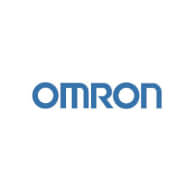Zero-defect philosophy helps resolve the world’s future issues
Opublikowano 5 Czerwiec 2020 w Sustainable Manufacturing
Zero-defect process for 100% inspection
Zero Defect is a process whereby all electrical assemblies and their associated components are individually and comprehensively inspected after they have been manufactured. Currently, many manufacturers still see 100% inspection of these systems is too time-consuming. Instead, random samples are manually inspected, and not surprisingly this results in some faulty components getting through.Fast and precise inspection systems
To ensure a complete inspection, the systems must work fast and reliably. And importantly, they must not slow down the production speed. That’s why in recent years Omron has focused its efforts in the fields of AOI (Automated Optical Inspection), SPI (Solder Paste Inspection) AXI (Automated X-ray Inspection), and AVI (Automatic Visual Inspection). Consequently, the beginning of 2019 saw the introduction of the new 3D-SPI VP-9000 system. It provides a switchover function for multiple optical resolutions, and as a result, it enables highly precise and fast 2-dimensional and 3-dimensional inspections.Omron is the global leader of Automated Optical Inspection systems, with over 30 years of experience in Tier 1 manufacturing companies, utilizing its core technologies to the benefit of the Global Electronic Manufacturing Sector.
Read more about Omron Inspection System